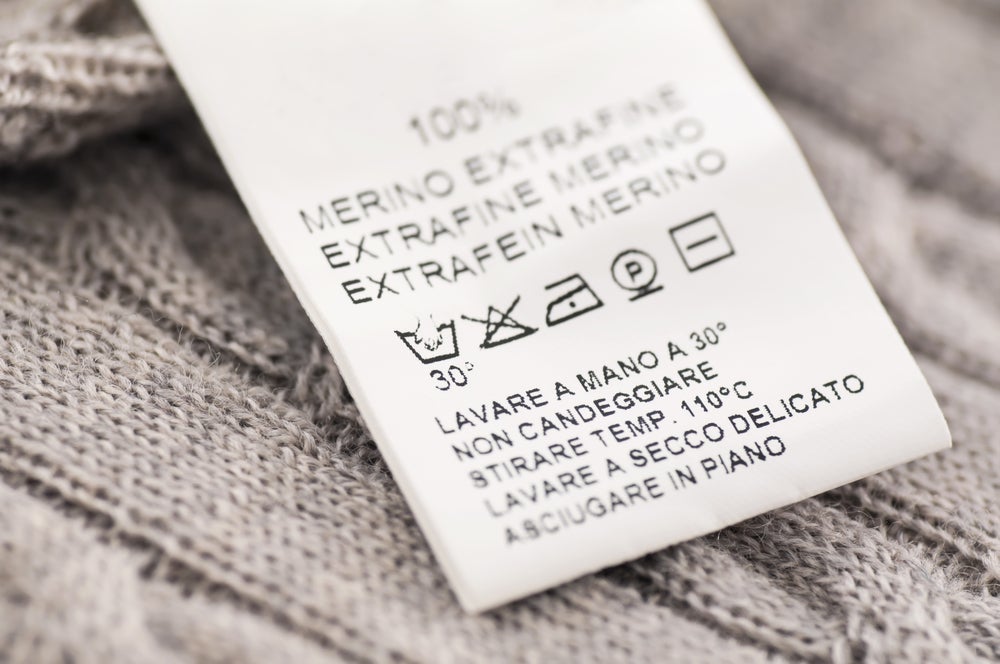The Secondary Materials and Recycled Textiles Association (SMART) has joined the call for the modernisation of labelling on clothing, promoted online as #CutTheTape.
According to the organisation, the annual production of label tape produces approximately 5.7mn miles (about 9.2m km) of tape. This is reportedly long enough to stretch from the earth to the moon and back twelve times.
Additionally, labelling requirements have not been updated since the 1960s. Industry organisations feel that the current outdated requirements are inconsistent and hinder efforts to trace the origins of materials to be more sustainable and support a circular economy.
These label requirements include care instructions/symbols, fibre content, importer requirements, and the origin of textiles, garments, footwear, and related accessories.
What solution is being proposed for clothing labelling?
130 international recycling, fashion, and footwear organisations are proposing digital technology solutions – such as QR code labels – to reduce labelling waste and eliminate at least 343,000 MT of emissions from industry supply chains while providing consumers with more detailed and accurate product information.
The data would also aid in the garment’s lifecycle by providing details about resale, repair, rental, upcycling, or recycling.
The organisations have addressed this issue to the United States Federal Trade Commission, requesting the use of digital means to standardise global labelling requirements.
SMART president Steve Rees commented: “Greener e-labelling clears the way for transparency and accountability in the global textile recycling space.
QR codes will empower consumers by providing more accessible information and key data that can strategically extend a garment's or item's lifecycle as it moves through the resilient reuse and recycle distribution chain.”
QR codes are already heavily used in smart packaging across consumer packaged goods industries.









